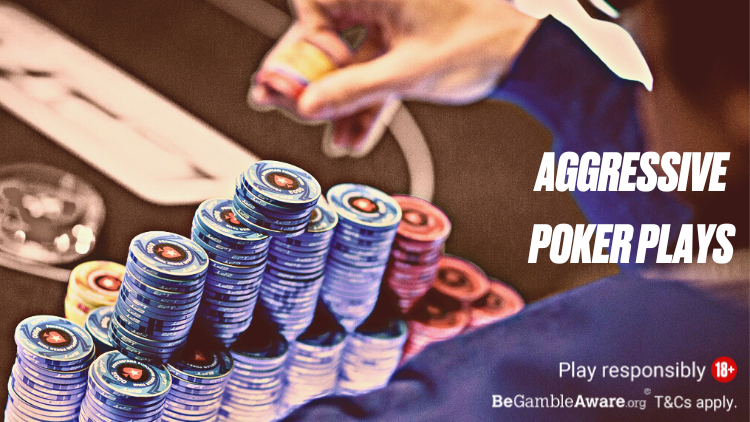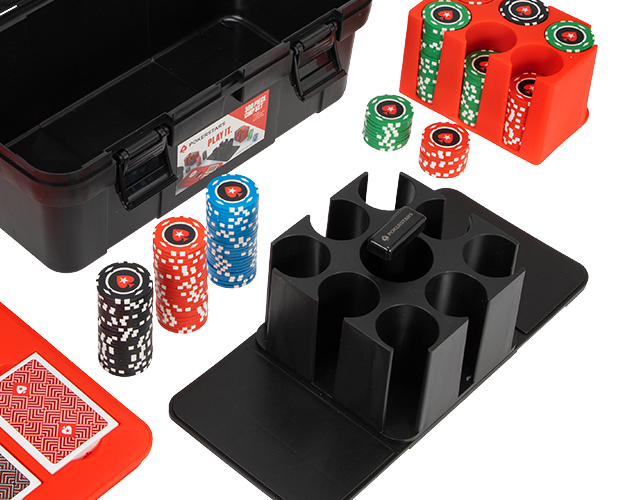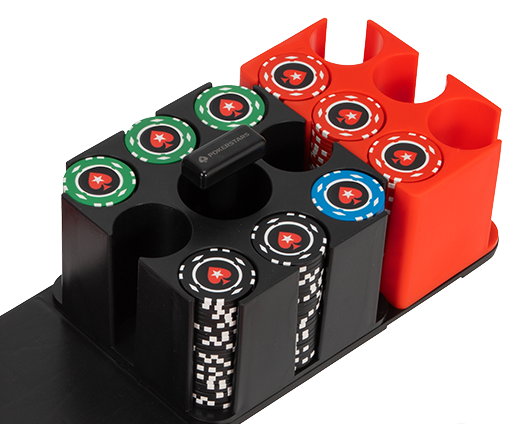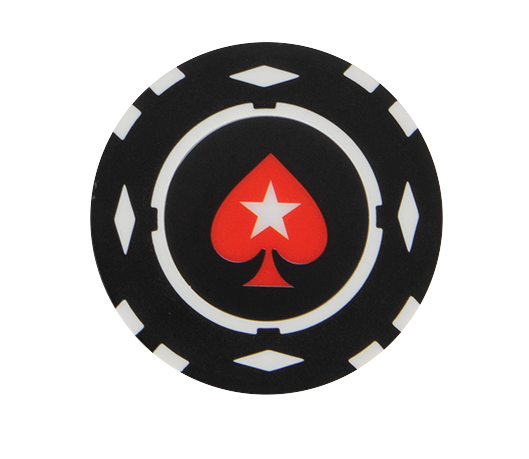Table of Contents
Introduction
If the early bird gets the worm and the second mouse gets the cheese, then the aggressive poker player gets the results.
There’s a reason that young guns such as Tom Dwan and Viktor “Isildur1” Blom ascended through the poker ranks so quickly more than a decade ago, and why the best tournament players of today–perhaps most notably, Michael Addamo–often have preposterous chip leads throughout events.
The reason is that they play an aggressive, attacking, calculated style of poker designed to build big pots, create uncomfortable situations, and apply the maximum amount of pressure on their opponents.
Sounds good, right? Everyone wants to be the aggressive player that other players fear at the table. A reputation as a strong, aggressive player allows you to win pots you shouldn’t, and get paid off when you have it.
But how do you become an aggressive poker player? What are aggressive poker plays? And when should you use them?
That’s what we’re going to cover in this article.
What is an aggressive play in poker?
An aggressive play in poker is when a player increases the number of chips their opponents have to put into the pot in order to play a hand.
This includes an open (i.e. when you’re the first player to enter the pot with a raise) and any raise thereafter (e.g. a 3-bet). Conversely, calls and checks are considered passive plays.
In a nutshell, an aggressive poker play is one which forces your opponents to respond, whereas passive plays let your opponents control the action.
These plays are standard in poker, but it’s how often you use them that determines whether or not you’d be considered an aggressive player. Players who open-raise with a large percentage of hands and also 3-bet and 4-bet frequently are considered aggressive because they choose to play a wide range of starting hands.
In a game like Monopoly, players need to hold something good (in this case, quality properties) in order to do well. But unlike other games, poker doesn’t require you to hold the best of it in order to win. You can bluff your opponents off better hands holding complete junk.
And that’s why aggression is key in poker. You can win with the worst of it.
How can you play aggressively in poker?
Experience and study is the best way to learn how to play aggressive poker.
Good aggressive players study pre-flop hand ranges to ensure that they’re opening the right hands–and the right amount of those hands–in every position. But the real aggression is shown when raising opponents with 3-bets and 4-bets (and even the occasional 5-bet!)
If you’re not sure whether you should 3-bet or call with a particular hand from a particular position, studying poker charts can give you an idea of how a computer would play against another computer. This is called Game Theory Optimal (GTO).
While not a perfect science (GTO doesn’t consider factors such as your knowledge of opponents, your history with them, the way you perceive them to play, the way they perceive you to play etc.), GTO charts can at the very least provide you with a framework of aggressive play which you can then adapt based on the players at your table.
Think the players in the blinds are playing too tight? You can play aggressively by widening your open range from late positions.
Think a player is opening too many hands? You can play aggressively by punishing them with 3-bets.
(Let’s say you’re in the cutoff with king-queen offsuit and the hijack opens. If you’ve noticed the hijack is opening a lot, you can 3-bet. If they’ve been playing tight, you might just want to call. A chart will tell you to mix between 3-betting (aggressive) and calling (passive).)
Then there’s the check-raise, considered a very aggressive play. This is when you check to an opponent, they make a bet, and you then raise that bet.
The reason the check-raise is so aggressive is that it often lulls your opponent into a false sense of security. A lot of players–particularly those new to poker–simply bet when they connect with a flop. But the check-raise can confuse your opponents.
What is the difference between loose aggressive and tight aggressive?
Back in the day, when we were watching a young Tom Dwan crush on TV shows like High Stakes Poker, every single poker player wanted to learn how to play loose aggressive poker.


Tom Dwan was a nightmare to play against
Loose aggressive poker (or LAG) is when a player not only plays a wide range of starting hands but plays them in a way that implies great strength and puts pressure on their opponents.
When you hear “loose” at the poker table, you probably think of a wild player who is just looking to gamble by playing any two cards. But a good loose aggressive player isn’t entering pots willy-nilly. They’re looking for spots where they can add hands into their range profitably due to the mistakes they expect their opponents to make.
Alternatively, a tight aggressive player is one who plays a narrower range of starting hands, but when they do choose to enter a pot, they play their hands aggressively.
For example, they might open with pocket sevens and then see a high-card flop, but if that board is better for their overall range than it is for an opponent’s, they’re going to apply maximum pressure.
Is it better to play aggressive poker?
If you’re struggling to build stacks, make deep runs and finish in the big-money spots on final tables, chances are you’re not playing aggressively enough.
It’s very rare to see a player have consistent success without adopting an aggressive strategy. Sitting back, waiting for hands, hoping to connect and never bluffing will only get you so far.
Instead of waiting for the stars to align, you can take the initiative and bring the chips to you. Aggression in poker isn’t about playing like a lunatic, it’s about playing in a way that continuously puts your opponents under pressure.
Ask any professional and they’ll tell you: an aggressive amateur is far trickier to play against than a passive one. So it’s safe to say that it’s better to play aggressive poker.
Recap
To recap, here are the key points regarding playing aggressive poker:
Aggressive poker plays are plays which require opponents to put more chips into the pot (open-raises, 3-bets, 4-bets, check-raises etc.)
You don’t need to have a strong hand to play aggressively. If the situation is right, you can play aggressively with a weak hand and get your opponent to fold a better one. The way to recognise these situations is through experience and study.
An aggressive player is tougher to play against than a passive one because they force opponents into tough spots, often with a lot of chips at stake.
Back to Top











